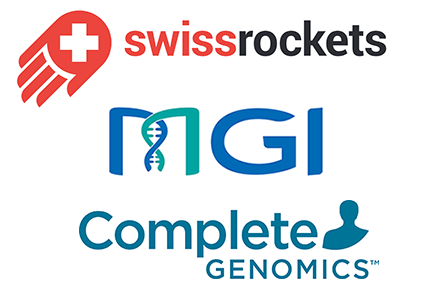A paper titled "Clinical application of a 5G-based telerobotic ultrasound system for thyroid examination on a rural island: a prospective study" was recently published in Endocrine, about a study on thyroid examination on a remote island using MGI Robotic Ultrasound System.


Patients in rural areas have to travel long distances and spend more money to get diagnosed in large hospitals due to the shortage of medical resources. MGI robotic ultrasound system has made things easier by overcoming the distance limitations through "remote real-time diagnosis" without the need for a physician to be at the same location as the patient.
Thyroid disease is very common worldwide and ultrasound technology is a crucial tool for thyroid disease examination. It can effectively detect thyroid nodules and manage them with a risk stratification system, carry out long-term dynamic follow-up monitoring for thyroid cancer patients after operations, and provide indications of thyroid disease recurrence by identifying the variation of thyroid size and internal echo.
The Chongming Island of Shanghai, where this study was conducted, is an area with 38% of the population over 60 years old, with only two primary hospitals (including the Chongming Second People's Hospital). Due to the deficiency of high-quality medical resources, patients usually need to drive 2 hours to go to urban hospitals for treatment.

MGI Robotic Ultrasound System is composed a doctor end and a patient end. Researchers placed the doctor end of MGI's 5G robotic ultrasound system in the Shanghai Tenth People's hospital and patient end in the Chongming Second People's hospital to conduct a study on how MGI Robotic Ultrasound System can enable local patients to get high-quality medical services in a time-effective way.
In this study, 139 volunteers underwent remote robotic scanning and were compared with traditional ultrasound examination in terms of safety, duration, image quality and comfort level. The results show:
1. MGI robotic ultrasound system and traditional ultrasound diagnostic methods presented good consistency with ACR TI-RADS (ICC = 0.788-0.863) in terms of the ultrasonic characteristics (echo, shape, and calcification) on the same thyroid nodules.
2. The average time of MGI robotic ultrasound system is close to that of traditional ultrasound diagnostic methods.
3. There was no significant difference in diameter measurement of thyroid, cervical lymph nodes and thyroid nodule between the two ultrasound methods.
4. 85.6% of the volunteers were able to accept MGI robotic ultrasound examination.
5. About 87% of the volunteers were willing to receive diagnosis by robotic ultrasound system with additional cost.
6. 92.8% of subjects had no negative feedback after examination.
MGIUS-R3 can equip multiple sensitive ultrasound probes on the robotic arm, which can be operated by a doctor through the control system up to 1,000 kilometers away to perform real-time ultrasound scanning on the patients via 5G network. Its humanized design can enable both doctor and patient to achieve real-time communication through the interactive screen, and its flexible manipulator system can simulate manual operation throughout the process to perfectly reproduce expert techniques. The patients can maintain communications with doctors on screen throughout the examination.

This study has proved that MGIUS-R3 utilizes the world's leading innovative technology to provide high-quality medical resources to aid resource-constrained areas. MGI is committed to developing and promoting advanced life science tools for future healthcare and making high-quality medical services within reach to benefit the health of all people.



 Sequencer Products: SEQ ALL
Sequencer Products: SEQ ALL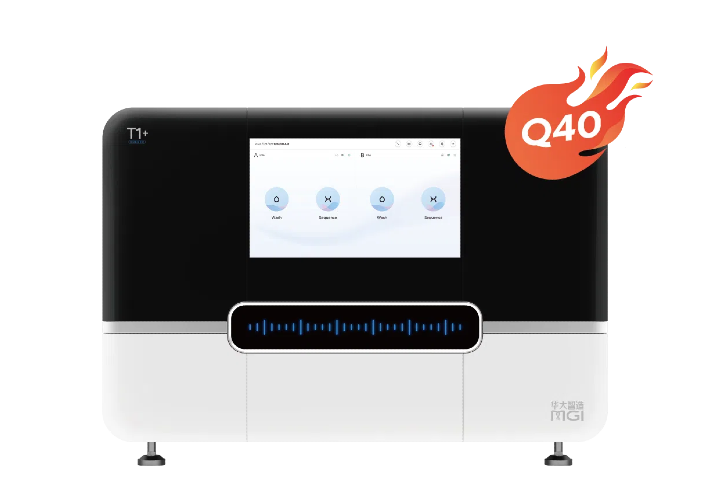

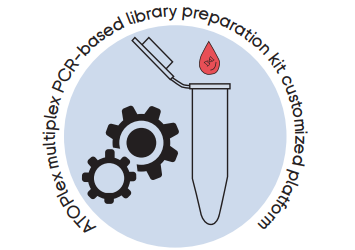
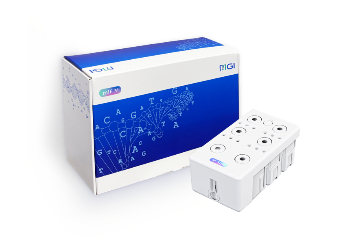
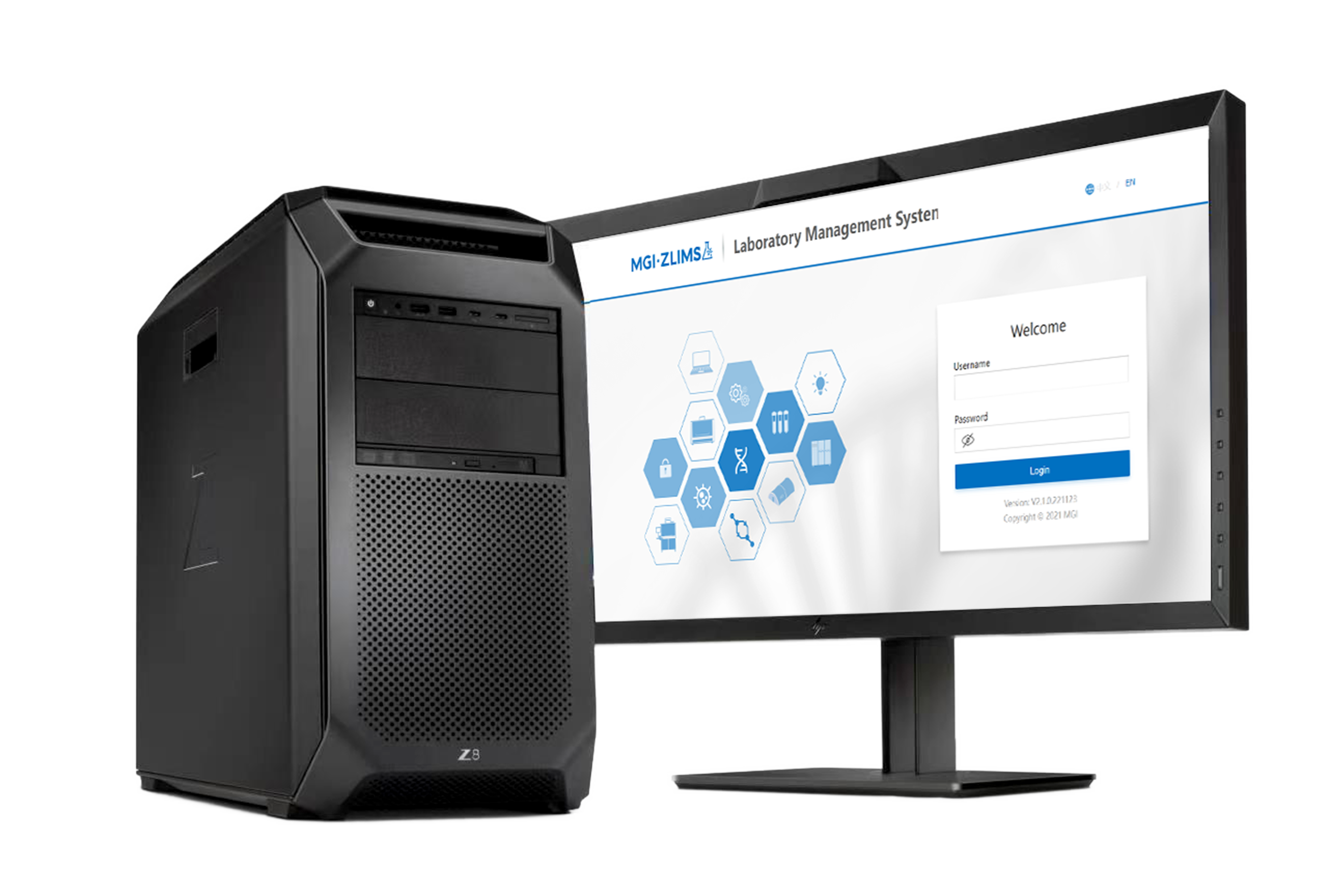
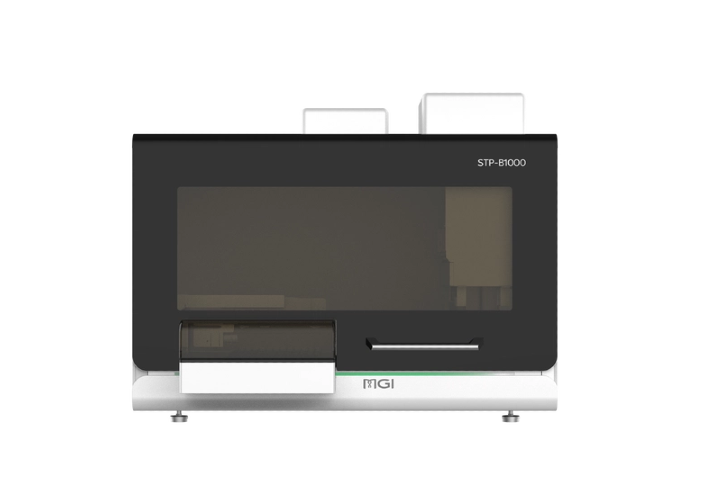
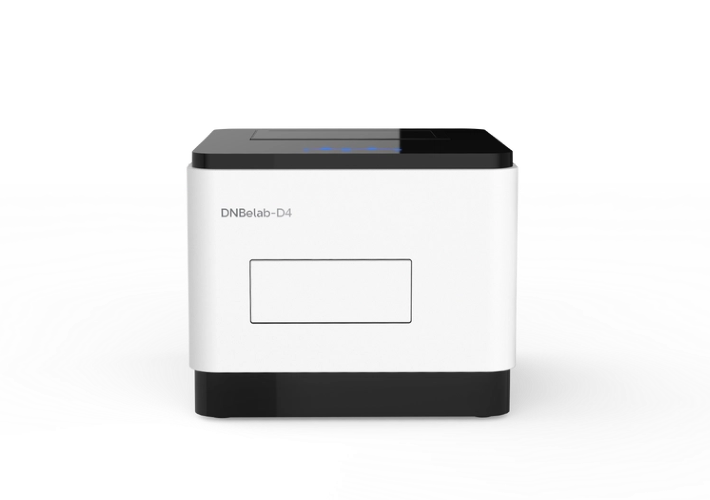
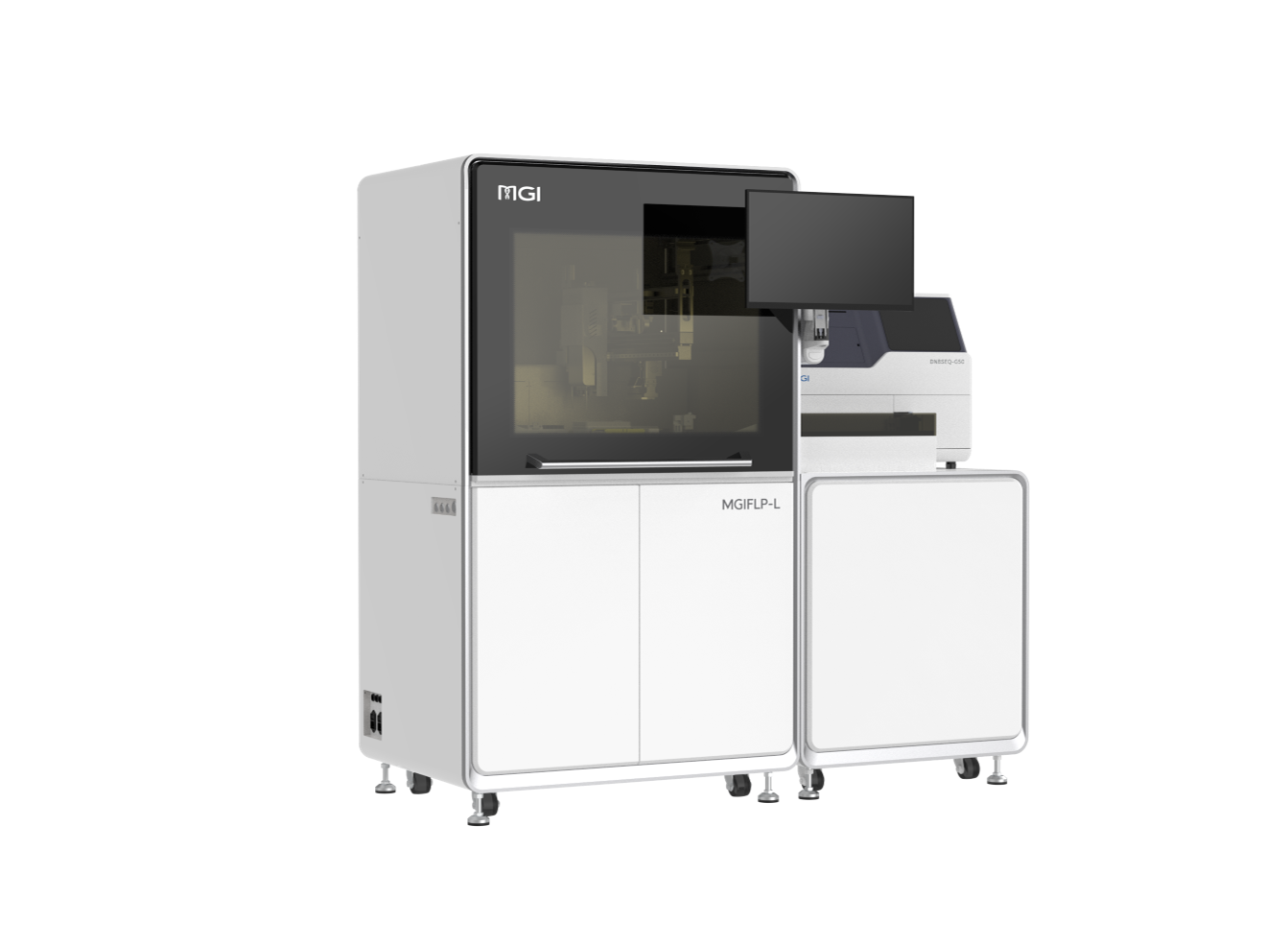
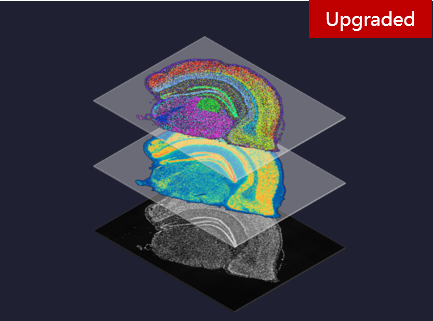
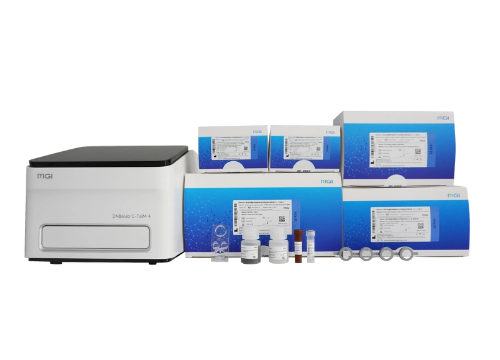
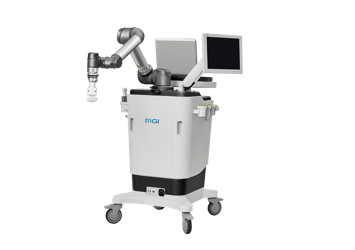
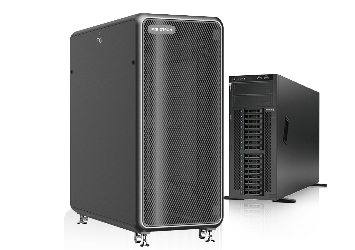
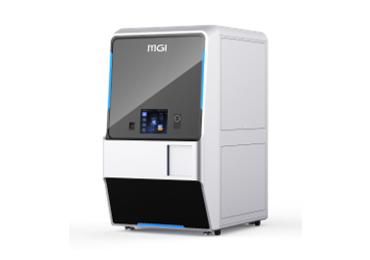
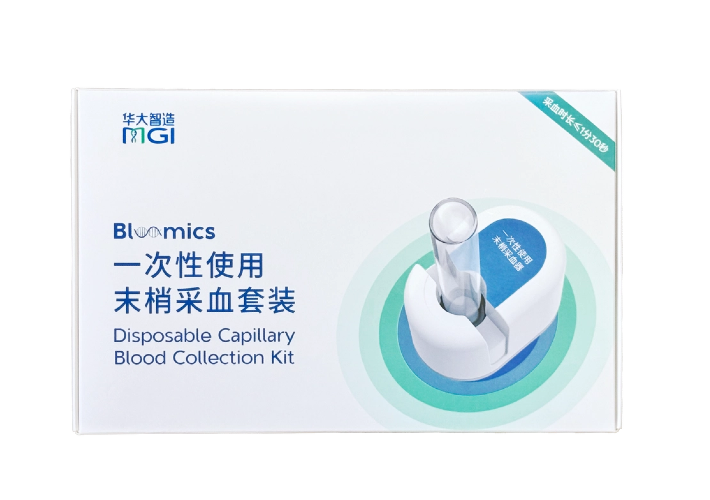


 Technologies
Technologies Applications
Applications Online Resources
Online Resources Data Bulletins
Data Bulletins Service & Support
Service & Support Global Programs
Global Programs Introduction
Introduction Newsroom
Newsroom Doing Business With Us
Doing Business With Us Creative Club
Creative Club










